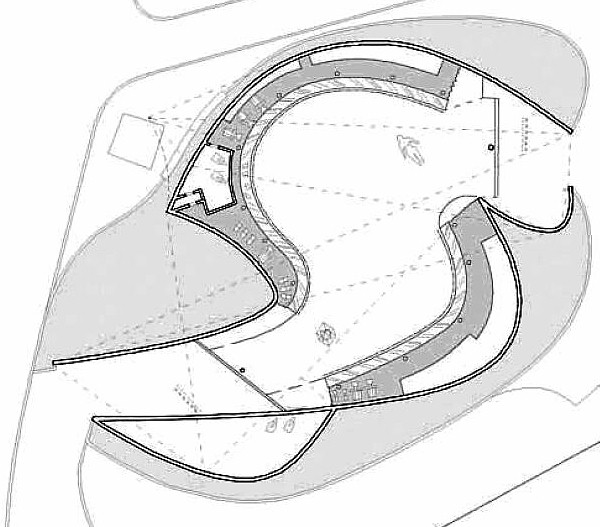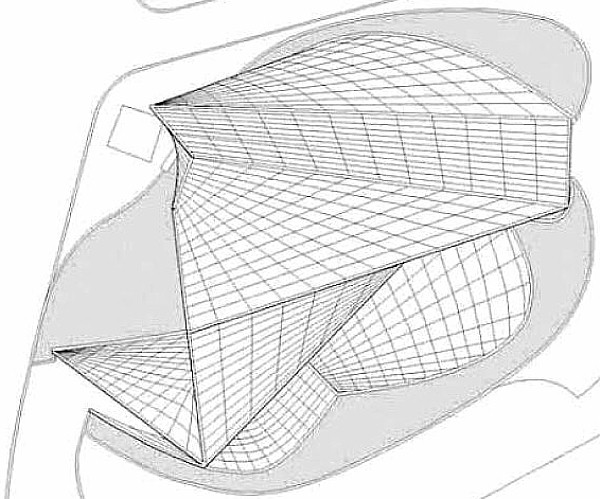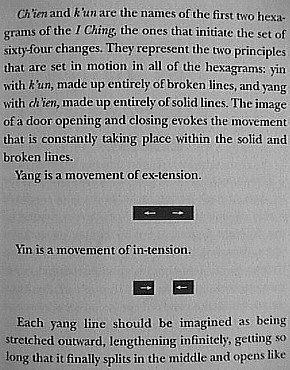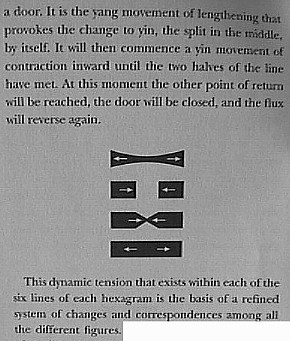2010.11.06 15:40
Re: Seen and Not Seen
"Seen and Not Seen" immediately brought to mind a provocative passage I read just a few nights ago:
"Le Corbusier's first important building after the war was the studio residence he built for Ozanfant in Paris in 1922. In the following year he published his famous book Vers un Architecture. Probably the most influential architectural book of its generation, its contents add remarkably little to what Violette-le-Duc said in his lectures exactly sixty years before. The beauty of the machine, the importance of geometrical control in the creation of design, the stupidity of academic tradition, the lessons of the past in precision and logic--all these are topics which Violette-le Duc had dealt with. But in Le Corbusier the emphasis is, of course, very different. He is able to put the car, the air-plane and the liner in the foreground of the picture; he insists far more vehemently on the way in which engineering has leapt ahead of architecture and he coins the phrase 'la maison--une machine a habiter'. His technique, too, is lighter and faster, adapted to an age of headlines and headlights. And there is one subject he deals with at some length which would have been perfectly strange to his great precursor--the subject of factory-built houses."
--John Summerson, "Architecture, Painting and Le Corbusier" in Heavenly Mansions and other essays on architecture (1963), p. 188.
I wanted to copy the passage anyway, and now it's with even more implications.
2010.12.08
Stirling's Roma Interrotta and Le Corbusier's Berlin 1958
The clear precedent for Stirling's Roma Interrotta scheme is Le Corbusier's International Planning Competition for Berlin 1958. In the Corbu scheme we find several prior projects distributed throughout the plan.
2010.12.28
International Planning Competition for Berlin 3120k
2011.08.23 11:20
Ideas
Personally, I see the notion of "architectural idea" as something distinct from "design concept" or "design methodology" or "design ideology" or even "thesis statement". For example, promenade architecturale is an architectural idea, like Le Corbusier's '5 points' are an architectural idea. Mat or box or blob or a combination of all three are architectural ideas. As per inspiration from team 10 primer, 'building as threshold' is an architectural idea.
2011.11.19 13:25
Quondam's Fifteenth Anniversary
"And we become these human jukeboxes, spilling out these anecdotes."
Six Degrees of Separation
As memory serves, I've only met her twice. Once at a bon voyage party and once at a small dinner. Both in late summer 1993 and both at the same house in Manayunk, Philadelphia. I was still standing in front of this large painting after Robert Venturi asked "Is this by someone?" "Yeah, me." She came up to me afterwards and said, "So you're the artist." Apparently she loved the painting.

She went on about it's sexuality and ambiguity, androgyny and juxtapositions, and I don't remember what else. Later, in the kitchen, I heard her pronouncing "Benjamin" in German and pronouncing "Barthes" like she just bit her tongue. I interjected, "You know Barthes said "laughter is a substitute for castration." She burst out laughing, and yelled over to her husband, "Barthes said laughter is a substitute for castration!" He did not laugh, and I think I know why.
Maybe like a month later, she dominated the conversation at the small dinner. There was lots of architecture talk. She or someone she knew was collecting all the latest in architectural jargon. "So what are some of the words?" She wouldn't (or couldn't) say. And then there was talk of the Italian Rationalists. "Don't forget Sartoris." "Oh! Sartoris! You know he's still alive!?" Towards the end, her husband said he'd like to do an in-depth study of VSBA's domestic architecture. "How about the Brant House Addition?" "Wow, now there's an obscure project."
[Lavin now calls it Kissing Architecture; Quondam has been calling it Appositions.]
Anthony Vidler was moving to LA, and the host of the party and dinner was moving to NYC. She got the host to sublet Vidler's NYC apartment.
2003.06.05 14:25
Re: Anthony Vidler on Gordon Matta-Clark
I spent an October 1994 weekend in Vidler's NYC/Chelsea studio apartment (a very restrictive space), while a large painting of mine, Taken Literally, 1992 spent over two years there--a friend of mine sublet the place when Vidler first started teaching in LA. Vidler spent at least one week living with the painting himself, and I've often wondered if he got all the art and architectural references. There's even a sliced portion of a building, but I didn't know of Matta-Clark back then.
It was in Vidler's apartment that I first saw The Architectural Uncanny, and, after seeing the chapter "Losing Face," it was indeed uncanny that a painting including a depiction of Schinkel's Altes Museum and Stirling's Museum for Nordrhein-Westfalen was hanging on Vidler's apartment wall at the same time. After reading "Losing Face", it turned out the analysis was still lacking, and, ultimately at Quondam, the face was put back on.
The last two chapters of The Writing of the Walls -- steps on the way to Quondam.
Most recently, it's too bad Vidler doesn't include Le Corbusier's International Planning Competition for Berlin in his analysis of Stirling's Roma Interrotta.
[Incidentally, every instance of Le Corbusier's Museum for Unlimited Growth is listed within Colomina's "The Endless Museum: Le Corbusier and Mies van der Rohe" (Log 15) except for the last instance, which is within the International Planning Competition for Berlin.]
| |
2012.05.24 18:06
the ethics of parametricism/emergent architectural thought and reification
Thanks Xenakis for your last pdf link; I'll use the plans of the Phillips Pavilion to try to construct a CAD model of the pavilion.


| |
2012.11.24 11:35
22 November
I'm quickly reminded of a short passage I read last night--


--which seems somewhat related to your analogically jumping comment/question.
Schumacher's passage unwittingly describes subversive reenactment. Is subversive reenactment then a key ingredient of avant garde design? See how Le Corbusier subversively reenacts via re-interpretation, the Villa Savoye.
There's the new movie Lincoln, which tries very hard to be as close to the original as possible, and earlier this year there was the movie Lincoln, Vampire Slayer. Does (historical) fiction sometimes easliy fall into the category of subversive reenactment?
The logisital objective of a crime-scene reenactment is to reproduce the crime as closely as possible, and the aim of the reenactment is for the police investigators to gain a form of eye-witness experience of the crime. Reenactment within the philosophy of history has the same aim.
Perhaps subversive reenactment just happens to be a very good way to come up with something new again.
|